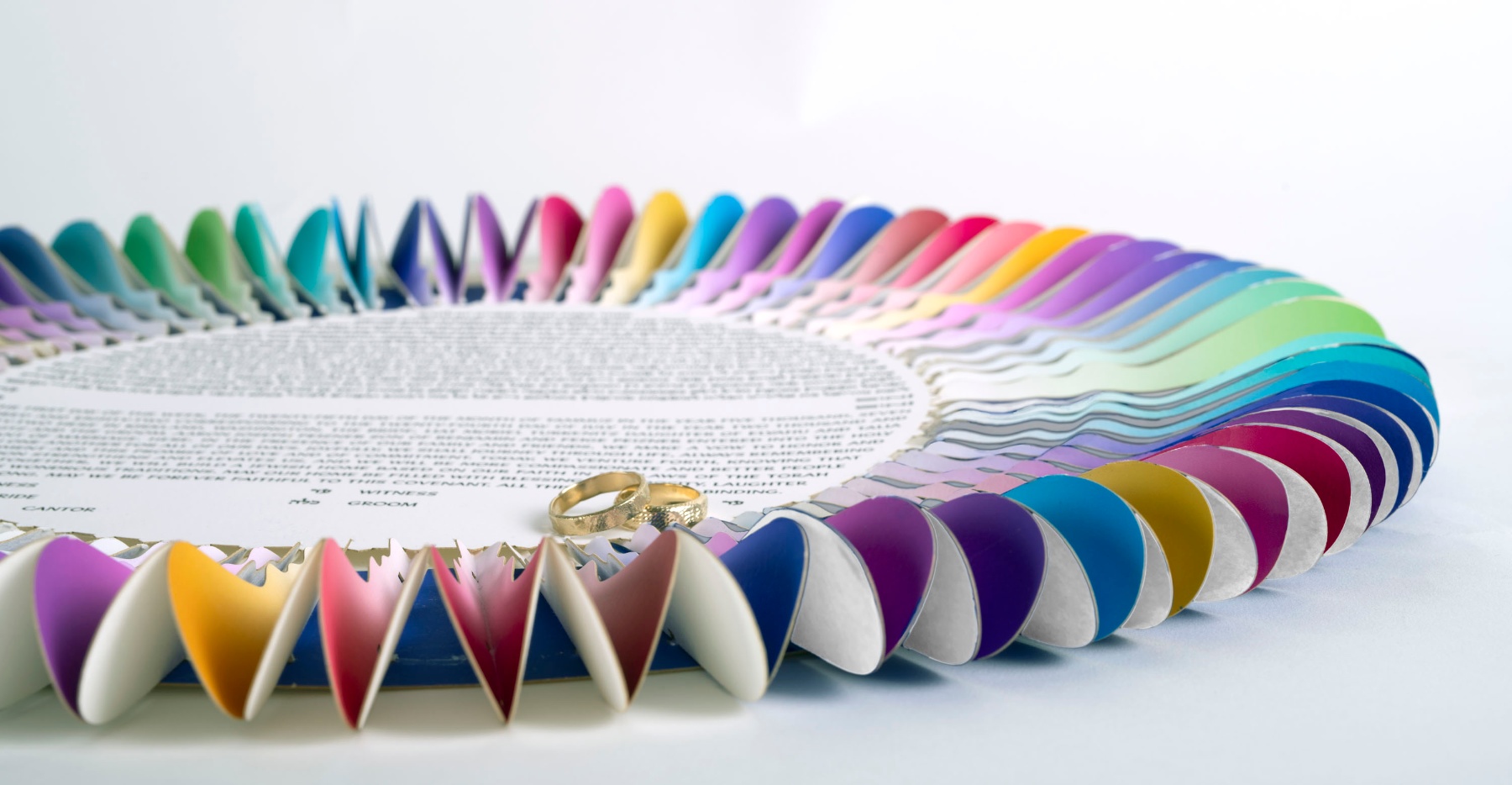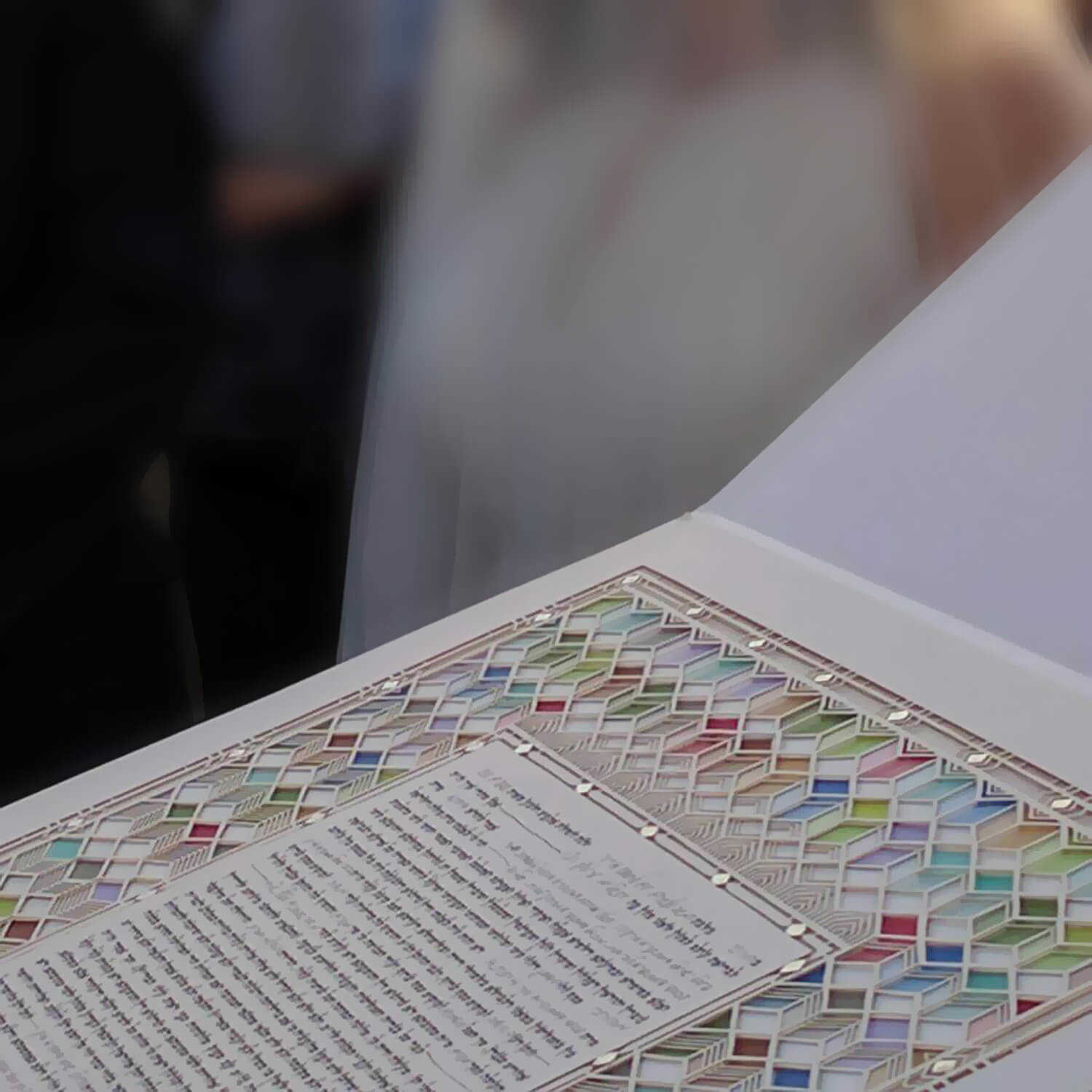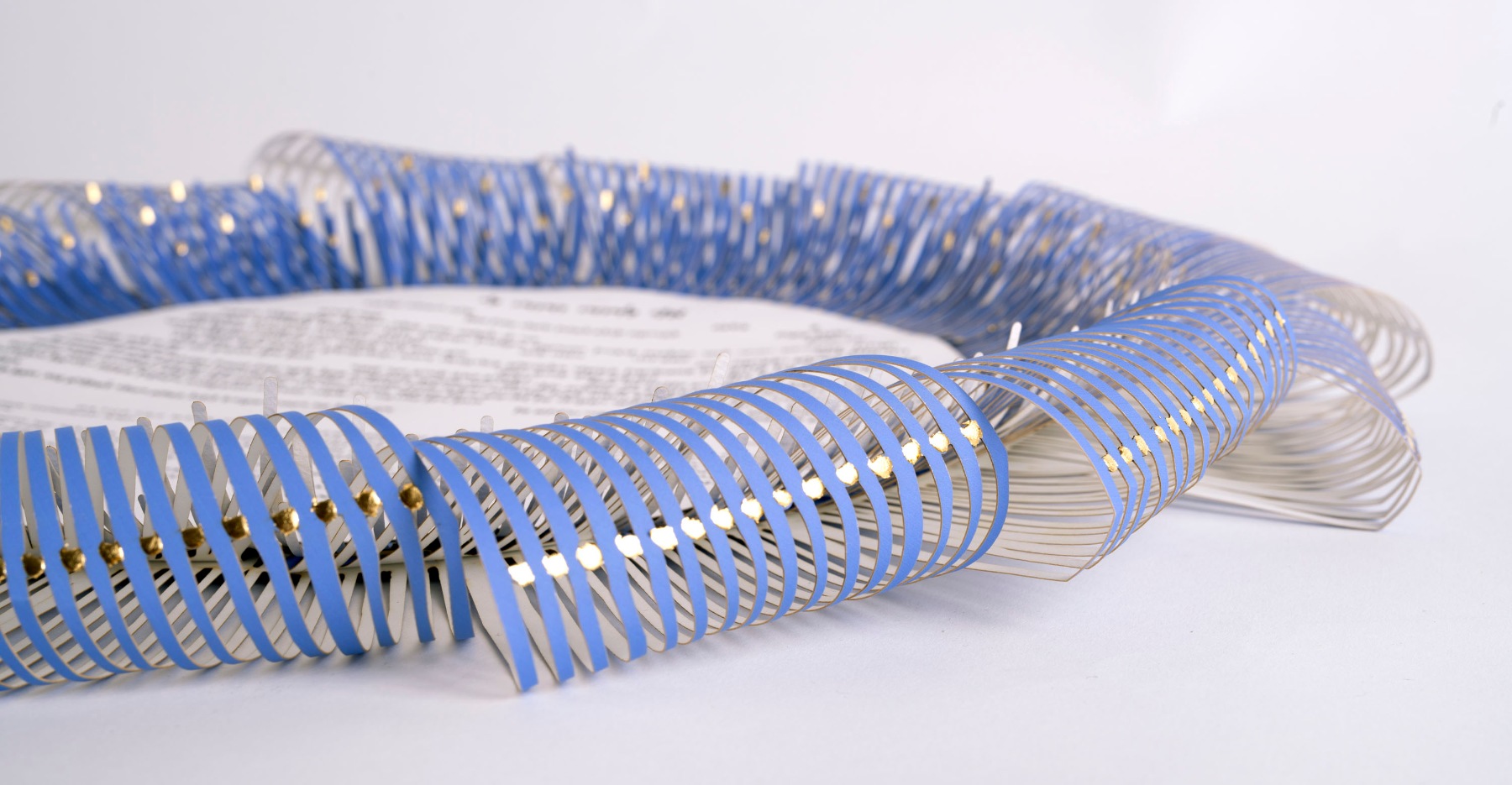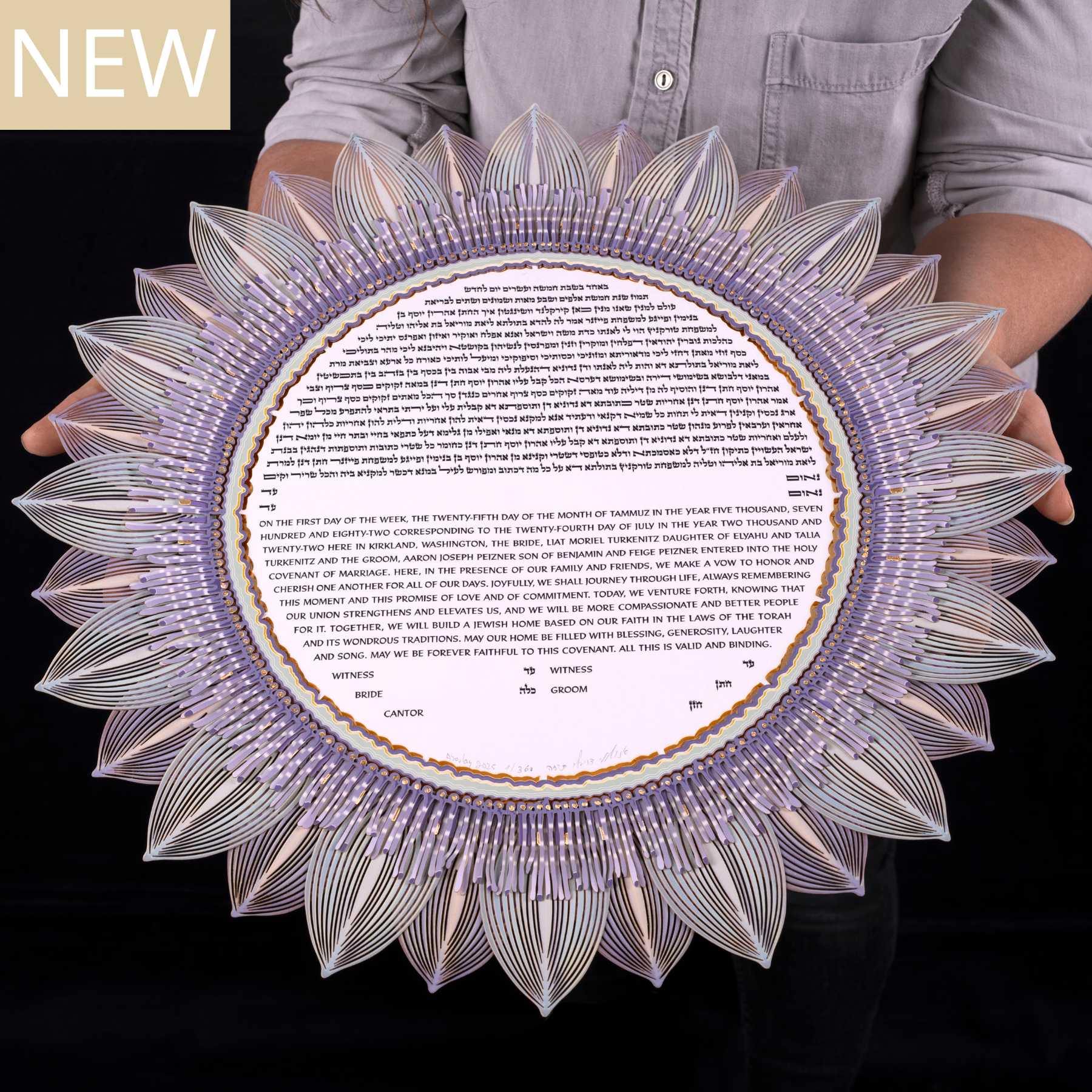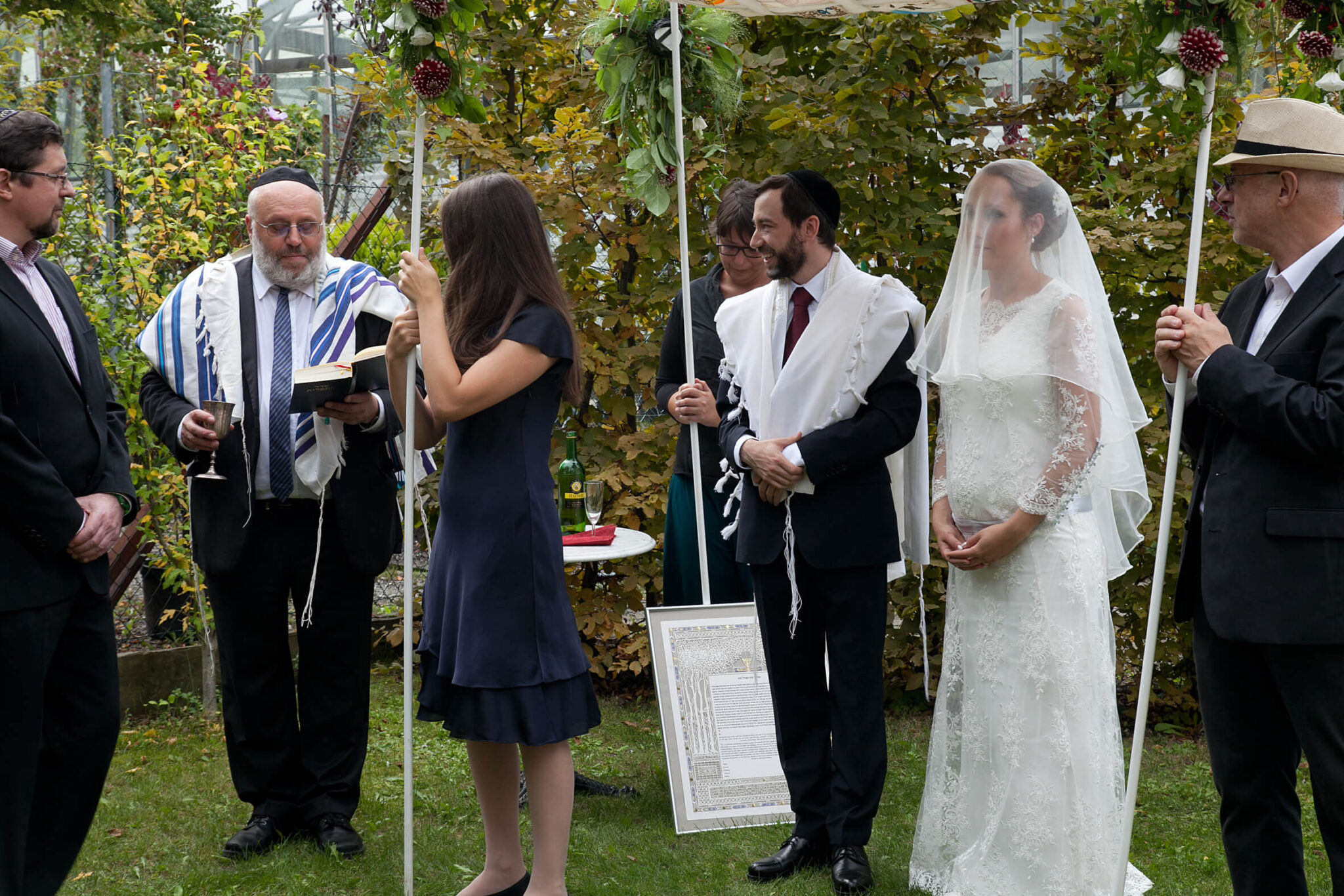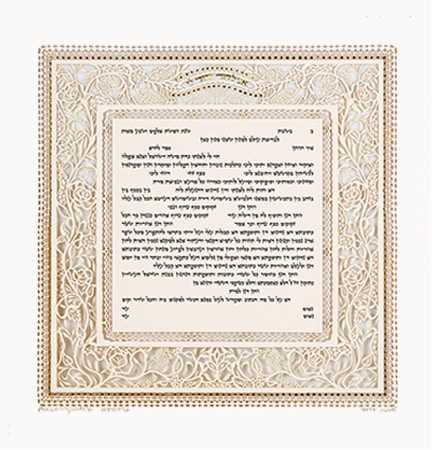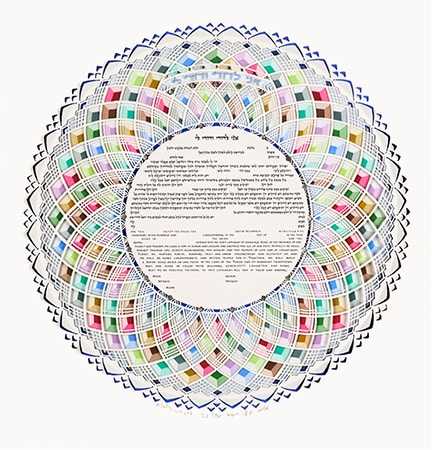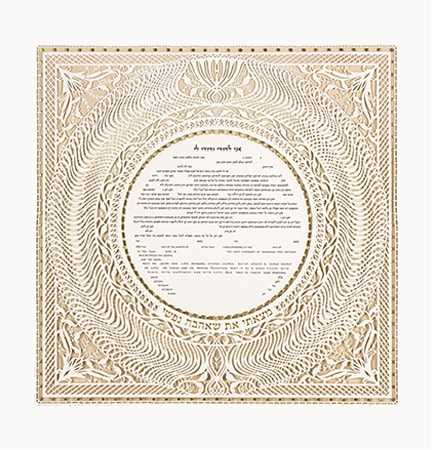Moroccan Jewish Wedding

If you have ever attended a Moroccan Jewish wedding, chances are you are unlikely to forget it. I have been to countless Jewish Moroccan weddings (I am married to a Moroccan Jew) and I can say, they are joyous, colorful, and (often) enormous celebrations.
The Moroccan Jews had a long and varied history of living in the North African land; their presence dating as early as the 70 CE, with large migrations from Spain and Portugal and the Iberian Peninsula following the expulsion of the Jews in 1492. By the mid-20th century, the Moroccan Jews numbered as many as 250,000-300,000. With a deep longing for Jerusalem and a fear for their future in Morocco, they left in two major waves: in 1955 and–after the right to leave was revoked and later reinstated– in 1962. They emigrated to Israel, France, and the Americas. It was a bittersweet separation for the Moroccan Jews; one that was fraught with pain, nostalgia, but also with optimism. They left behind their businesses, their ancestral homes, and most of their possessions.
The Jews of Morocco had possessed a rich and meaningful Jewish culture celebrating the holidays and commemorating life cycle events-especially their Moroccan wedding traditions. For years following their emigration, due to financial hardship and myriad difficulties arising from acclimating to their new lands, many of their holiday traditions and their wedding customs in Morocco were seemingly left behind and on the way to being forgotten. But, increasingly there has been a renascence of Moroccan wedding traditions (i.e. the Jewish wedding henna ceremony) and holiday celebrations (the Mimouna: following the end of Passover).
Moroccan Jewish Wedding Traditions
As has always been true, the Jewish wedding is not only a ceremony that encompasses Jewish wedding symbols and rituals, but it also incorporates and adapts local customs which are/were prevalent in the countries of which the Jews inhabit/ed. The cross-pollination of regional customs accounts for diversity in Jewish traditions, in general, and Jewish wedding traditions, specifically.

Though the commonalities far outweigh the differences between a Moroccan wedding and an Ashkenazi wedding, there are dissimilarities that are notable. The Moroccan henna party is one of the most significant and memorable of the Moroccan Jewish wedding traditions. The immersion of the bride in the mikveh before her wedding referred to as “the night of the bath”, turns into a party filled with song, dancing and specially prepared sweets for all her female family and friends who accompany her, instead of the more sober and private experience of the Ashkenazi bride. The Moroccan bride and groom do not fast on the day of the wedding as do the Ashkenazi couple in traditional Ashkenazi weddings. There is no Bedeken ceremony (unveiling the bride) nor, does the bride circle her groom seven times under the chuppah. Also, the newly-married couple do not retire for Yichud directly following the ceremony (a few moments of seclusion in a private room); rather, they immediately join their guests for the wedding feast and celebration.
Then, of course, the party begins—perhaps the music and food are a bit different, but the celebration of the guests is certainly one and the same.
Moroccan Henna Party
The Jewish henna party (the hina) is not limited to the Moroccan Jews; in fact, these celebratory henna Jewish wedding parties are prevalent in the Jewish Sephardic wedding traditions: be it Yemenite, Iraqi, Iranian, Syrian, Indian and other Mizrachi Jewish communities. All have a uniqueness in song, dress, and ethnic food specialties derived from the particular regional origins.

This lively and very colorful ceremony originally took place in Morocco one or two days before the wedding and very possibly for several days rather than for one night. Nowadays, in Israel, it may take place up to two weeks beforehand. Though in Morocco the henna party would have taken place in the bride’s home, today it is most often celebrated in a party venue.
During the festive evening, the mud-like henna dye is generously applied by the bride’s mother or grandmother, in a circular shape, first on the palms of the bride and groom and then, on those of the guests. The henna, in this rite of passage ceremony, is said to protect the couple from the evil eye and to bless them with good luck, health, and fertility.
Today, the Moroccan henna wedding has caught on. Don’t be surprised if you are invited to an Ashkenazi henna celebration!
Moroccan Ketubahs
The ketubahs of Morocco were often decorated with a floral or geometric border, utilizing architectural motifs; pillars, double arches, and, of course, oriental arabesque arches. In the 20th century, many of the borders were pre-printed with the rabbi writing the entire text in by hand. They are written in Aramaic and the text style is a font close to Rashi (a semi-cursive Hebrew writing used for the great Talmud scholar’s commentaries).

Today, a Moroccan Sephardic text is usually provided by the officiating rabbi. There are some standardized ketubah texts acceptable to many Moroccan rabbis, but it is always necessary to double-check with the rabbi. And the artwork possibilities are, of course, limitless!


